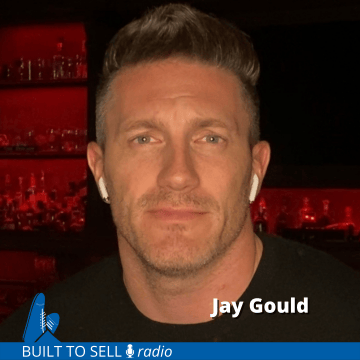About this episode
Jay Gould co-founded Bolt, a video sharing website that grew to more than 40 million monthly users. Based on Google’s valuation of video sharing sites at the time they acquired YouTube, Gould estimated his share of Bolt to be worth more than $100 million. The business was booming but when Bolt was served with a lawsuit, Gould’s share in Bolt eventually went to zero. Gould went from being worth millions on paper only to have his wealth erased almost overnight.
Gould picked himself back up and went on to build Yashi, a platform that helped advertisers buy ads on video content. Yashi grew to more than $25 million in revenue and more than $5 million in EBITDA when Gould received an offer of $33 million from Nexstar Broadcasting. The offer represented around 6 x EBITDA and Gould was conflicted. He knew he could probably get more, but he had also seen how quickly a successful company can go to zero. In the end, Gould accepted Nexstar’s offer and has never looked back.
Strap on your seat built because this episode is a machine gun firing wisdom bullets by-the-second including how to:
- Protect your control using super voting rights.
- Keep most of your equity when raising money.
- Answer the one question Reid Hoffman of LinkedIn fame asks founders before he invests.
- Pick a great name for your company.
- Boost the value of your company by selling less.
- Find acquirers motivated to make an offer.

About Our Guest
Jay Gould is an entrepreneur and technology investor. Jay invests through his fund, Gould Ventures, where he’s made nearly 100 investments in high-growth, privately held technology startups over the past decade. Previously, Jay was the founder of Yashi, which he grew to become an award-winning video advertising technology company, and was later acquired for $33 million in cash by Nexstar Broadcasting Group. Prior to Yashi, Jay built and sold a few early-stage technology startups, including the first viral video sharing website, before YouTube, an early dating website, and one of the first social networking websites. Today, Jay spends most of his time with his wife and four children in New Jersey.
Connect with Jay:
YouTube


